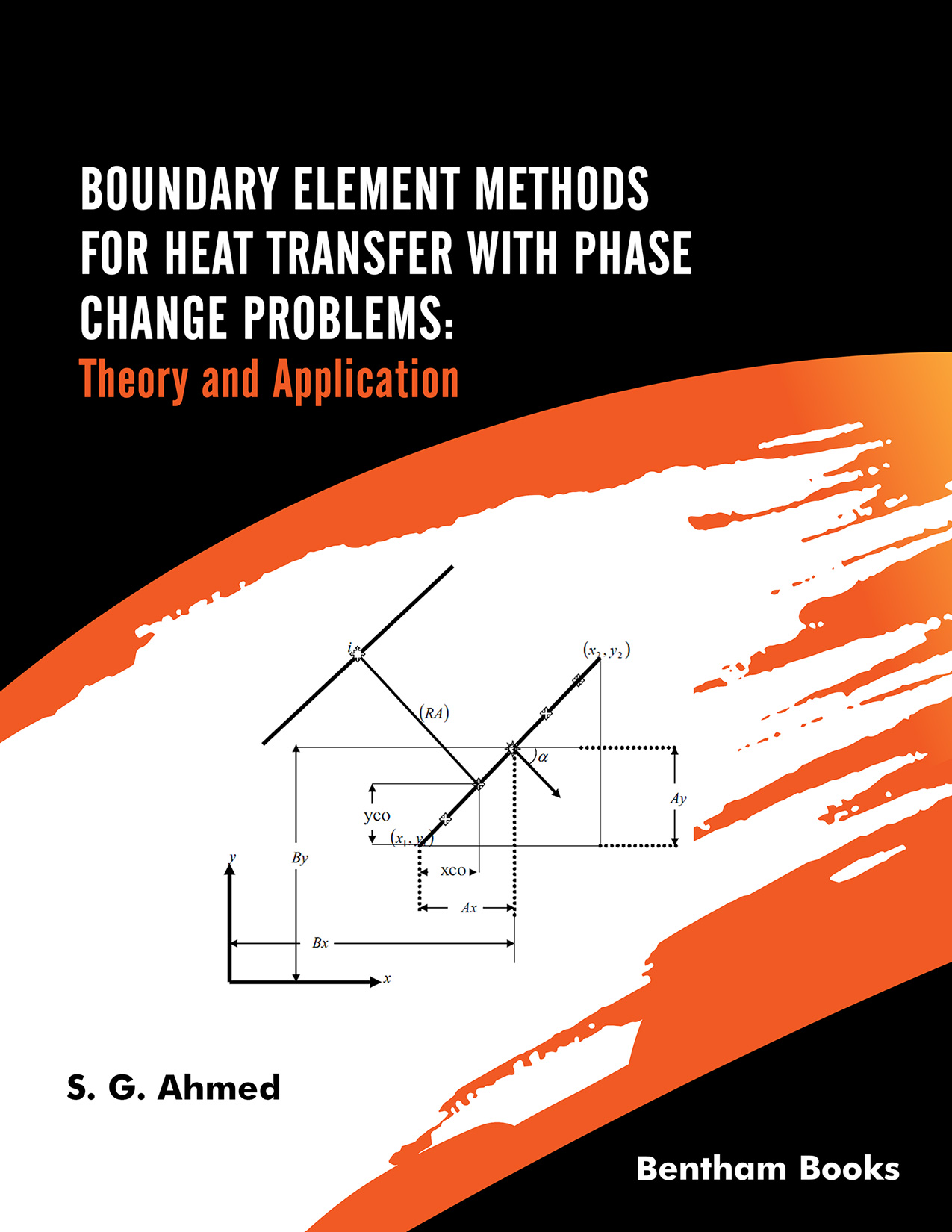Introduction
The mathematical modelling of free and moving boundary problems are an important topic in engineering, industry, technology and theoretical sciences. These models allow us to make calculations involved in phase change transitions of materials due to heat transfer. Boundary layer applications are widespread in research and industry.
Boundary Element Methods for Heat Transfer with Phase Change Problems: Theory and Application equips the reader with information about heat transfer problems occurring during phase changes. The book covers several boundary element methods, including methods for phase changes, fixed and moving domains and new approaches. The contents are rounded off with chapters on numerical results and industrial applications.
Key features:
- - Simple, didactic presentation of boundary layer problems for heat transfer problems
- - Covers a wide range of boundary element methods
- - Includes methods for fixed and moving domains
- - Explains industrial applications of the methods
- - Includes solutions to numerical problems
The book serves as a textbook for students of advanced mathematics and engineering. It is also a handbook for researchers working on numerical analysis, who require a focused volume on boundary element methods for heat transfer applications.
Audience: Students of advanced mathematics and engineering. Researchers working on numerical analysis, who require a focused volume on boundary element methods for heat transfer applications.

